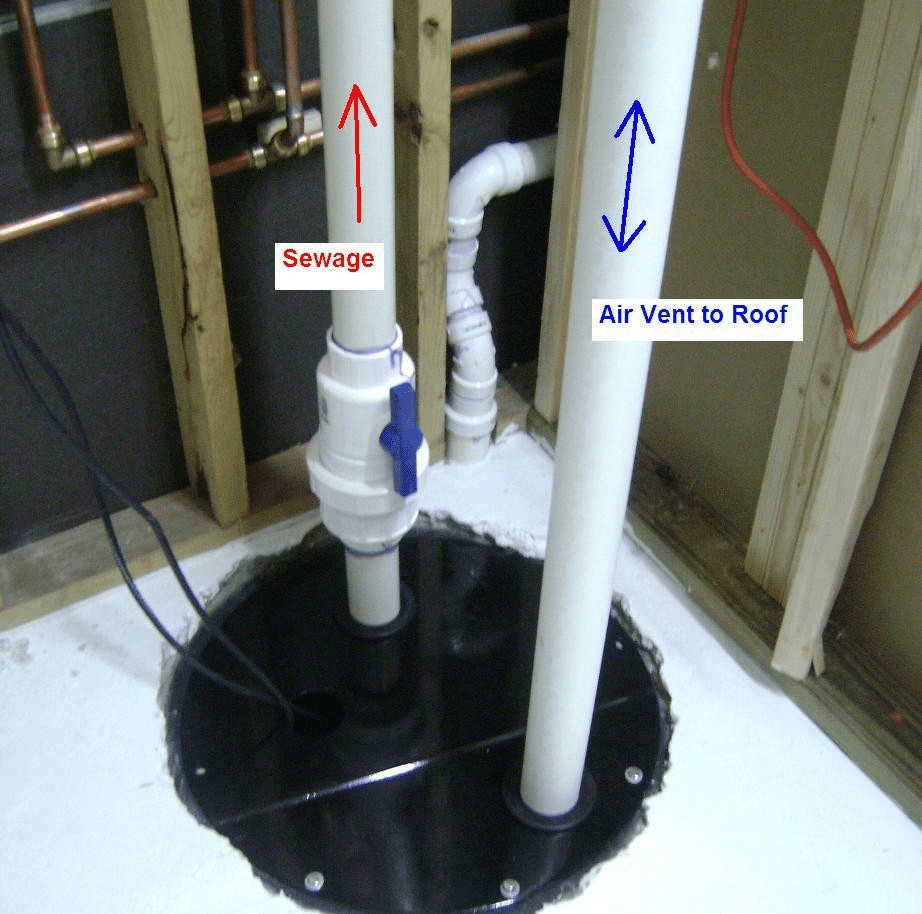When it comes to safeguarding your home from water damage, choosing the right sump pump is crucial. Whether you're dealing with a flooded basement or simply want to prevent future issues, understanding your options will save you time, money, and heartache. This guide walks you through everything you need to know about selecting the perfect sump pump for your specific needs.
Understanding Sump Pumps: What You Need to Know
What Is a Sump Pump?
A sump pump is typically installed in a sump pit—an area that's below ground level in your basement or crawl space—designed to collect excess water. When the water level rises, the pump activates and sends the water away from your home, preventing flooding and water damage.
There are two main types of sump pumps: submersible and pedestal. A submersible sump pump operates underwater and is generally more efficient for larger volumes of water, while a pedestal sump pump sits above the sump pit and can be easier to service.
Why Do You Need One?
If you've ever experienced flooding or https://www.plumbingsupplyandmore.com/ live in an area prone to heavy rainfall, a sump pump is essential for protecting your property. Not only does it prevent structural damage, but it also helps maintain indoor air quality by reducing mold growth due to dampness.

Choosing Between Types of Sump Pumps
- Submersible Sump Pumps: These are designed to be submerged in water and are typically quieter than their pedestal counterparts. They often have more powerful motors and can handle larger areas. Pedestal Sump Pumps: While these sit above the pit and can be easier to access for maintenance, they may be less efficient at handling large volumes of water.
When deciding which type suits you best, consider factors like noise levels, ease of maintenance, and how much space you have available.
Key Features of Sump Pumps
Horsepower (HP)
The horsepower rating of your chosen sump pump directly impacts its performance. For most residential applications:
- A 1/3 HP sump pump is suitable for smaller basements. A 1/2 HP sump pump works well for average-sized areas. For larger homes or those prone to significant flooding, consider a 3/4 HP or 1 HP sump pump.
Higher horsepower means higher capacity; thus researching how many gallons per minute (GPM) or gallons per hour (GPH) a unit can handle is essential.
Float Switches
Different float switches activate your sump pump at various levels:
- A vertical float switch saves space but might not be suitable for all pits. Tethered float switches provide more range but require extra room. Electronic float switches offer advanced features like alerts when the system needs attention.
Choosing the right float switch will ensure that your system runs efficiently.
Backup Options: Why You Should Consider Them
Power outages during storms can leave your home vulnerable if it floods while you're without power. Installing a battery backup sump pump system ensures that even during an outage, you'll still have protection against rising waters. There are options such as:

- A dedicated battery backup sump pump A water-powered backup system
Both options ensure peace of mind when severe weather hits!
Installation Considerations for Your Sump Pump
Where Should You Install It?
The ideal location for a sump pit is in low-lying areas where water naturally accumulates. Make sure there’s enough room around the pit for installing various components like check valves and discharge pipes.

When putting in a sump pump yourself or hiring someone else:
Dig out a pit that’s large enough to accommodate the basin. Ensure proper drainage away from your home's foundation. Install necessary plumbing components correctly—this includes using fittings that prevent backflow.A well-planned installation prevents complications later on!
Sump Pump Maintenance Tips
Regular maintenance ensures longevity and efficiency:
- Check the float switch monthly. Clean out any debris from around the intake screen. Test run the unit every few months by pouring water into the pit.
Staying proactive about maintenance saves money on repairs down the line!
FAQs About Choosing a Sump Pump
What size sump pump do I need?
The size of your required sump pump depends on several factors including basement size and how quickly it fills with water during storms. Generally speaking:
Assess how much GPH you need based on local rainfall patterns. Choose horsepower accordingly—larger homes may require more powerful units like 1 HP pumps.Do I need backup power for my sump pump?
Absolutely! If you live in an area prone to storms or power outages, having a backup system is crucial. Battery backups ensure that even when you lose electricity during heavy rains, you'll stay protected from flooding.
How long do sump pumps last?
On average, well-maintained sump pumps can last between 5–10 years depending on usage frequency and model quality. Investing in reputable brands like Zoeller or Liberty Pumps can increase longevity significantly!
Conclusion
Choosing the right sump pump involves understanding your specific needs based on factors such as size requirements, potential flooding risks, and power availability during emergencies. With reliable products offered by Plumbing Supply And More—the leader in plumbing solutions—you can rest assured knowing you're making an informed decision that’ll protect your home from devastating floods! Remember always consult with professionals if you're unsure about installation; after all, prevention starts with preparation!